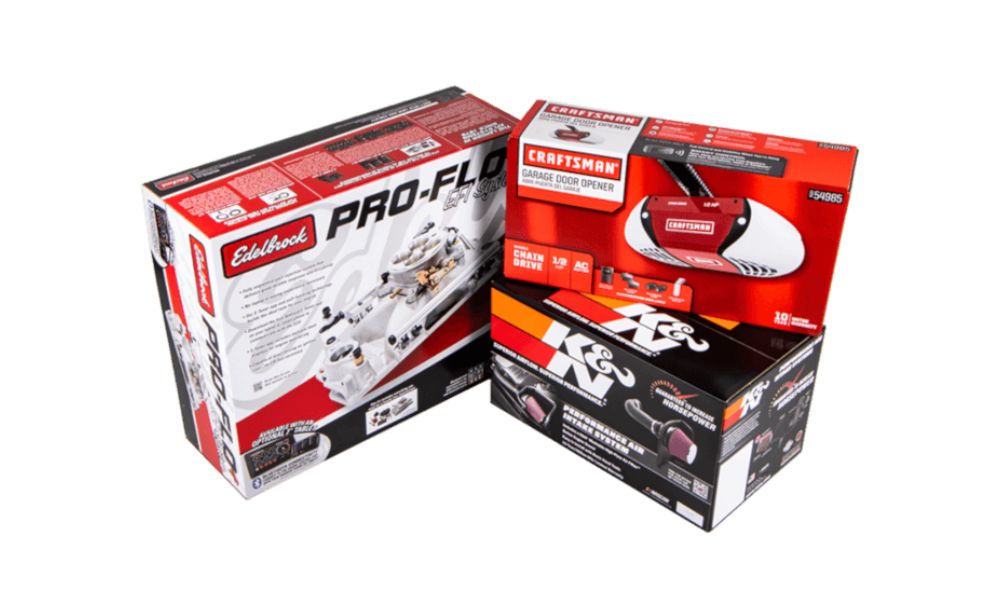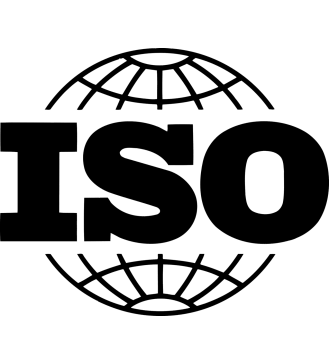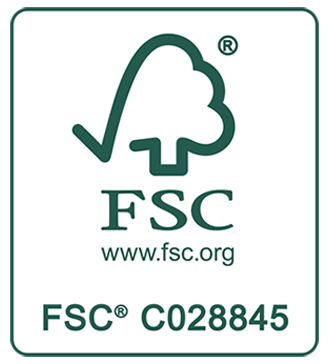
When businesses need to decide on a printing technology for their packaging, there are plenty of options to choose from. Two common printing technologies include flexo and offset printing. Understanding the differences between flexo and offset printing is crucial for making informed decisions that align with your business’s needs. This guide aims to dissect these differences under five key aspects: plate material, ink type, materials and substrates, print quality, and run length.
Plate Material
Flexographic printing, or flexo, uses flexible photopolymer printing plates wrapped around rotating cylinders on a web press. This flexibility allows for printing on a wide variety of substrates. Conversely, offset printing utilizes rigid metal plates that transfer an inked image onto a rubber blanket and then to the printing surface. The choice between these plate materials impacts both cost and suitability for specific kinds of jobs.
Ink Type
The ink used in flexo printing is generally faster drying, employing low-viscosity, solvent-based inks. This characteristic is ideal for packaging materials that require quick turnarounds and durability, such as printed corrugated boxes. Offset printing, on the other hand, uses oil-based inks that offer finer quality prints with more detailed images and better color fidelity, making this option better suited for high-end marketing materials.
Materials and Substrates
One of the strengths of flexo printing lies in its versatility with materials and substrates, including paper, foil, plastic, and corrugated boxes. This makes flexo the go-to choice for businesses requiring sturdy packaging solutions. Offset printing excels with paper and cardstock, providing pristine results for stationary, brochures, and business cards.
Print Quality
When it comes to print quality, offset printing traditionally holds the upper hand, offering higher-resolution images with cleaner lines and more precise color matching. This method is exemplary for materials where first impressions are vital. Flexo printing has made significant strides in quality improvements, though, and may now rival offset quality for most applications, especially in packaging.
Run Length
Lastly, the choice between flexo and offset printing might depend on the length of your project. Flexo printing is more cost-effective for longer runs due to its simpler setup and faster printing speeds. Offset printing, while offering unparalleled quality, is better reserved for shorter to medium runs where superior detail and color control can justify the higher costs.
Understanding the differences between flexo and offset printing can help you make the best decision for your specific substrate. Golden West Packaging offers various printing options, including flexography. Maximize the quality potential of your product packaging with our professional printing processes.



